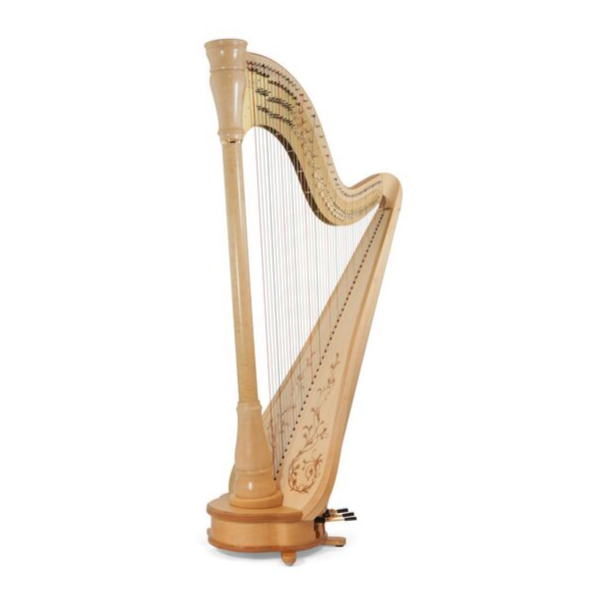
By the Baroque period in Italy and Spain, more strings were added to allow for chromatic notes in more complex harps. Development Europe Ī medieval European harp (the Wartburg harp) with buzzing bray pinsĪs European harps evolved to play more complex music, a key consideration was some way to facilitate the quick changing of a string's pitch to be able to play more chromatic notes. A similar harp, the gonghu was played in ancient Korea, documented as early as the Goguryeo period (37 BCE – 686 CE). The Chinese konghou harp is documented as early as the Spring and Autumn period (770–476 BCE), and became extinct during the Ming dynasty (1368–1644 CE). The harp was popular in ancient China and neighboring regions, though harps are largely extinct in East Asia in the modern day. The ancient veena survives today in Burma, in the form of the saung harp still played there. Some Samudragupta gold coins show of the mid-4th century CE show (presumably) the king Samudragupta himself playing the instrument. Īnother early South Asian harp was the ancient veena, not to be confused with the modern Indian veena which is a type of lute. Iconographic evidence of the yaal appears in temple statues dated as early as 600 BCE One of the Sangam works, the Kallaadam recounts how the first yaaḻ harp was inspired by an archer's bow, when he heard the musical sound of its twang. Variants were described ranging from 14 to 17 strings, and the instrument used by wandering minstrels for accompaniment.

The works of the Tamil Sangam literature describe the harp and its variants, as early as 200 BCE. An arched harp made of wooden brackets and metal strings is depicted on an Indus seal.

Mesolithic era paintings from Bhimbhetka shows harp playing.


 0 kommentar(er)
0 kommentar(er)
